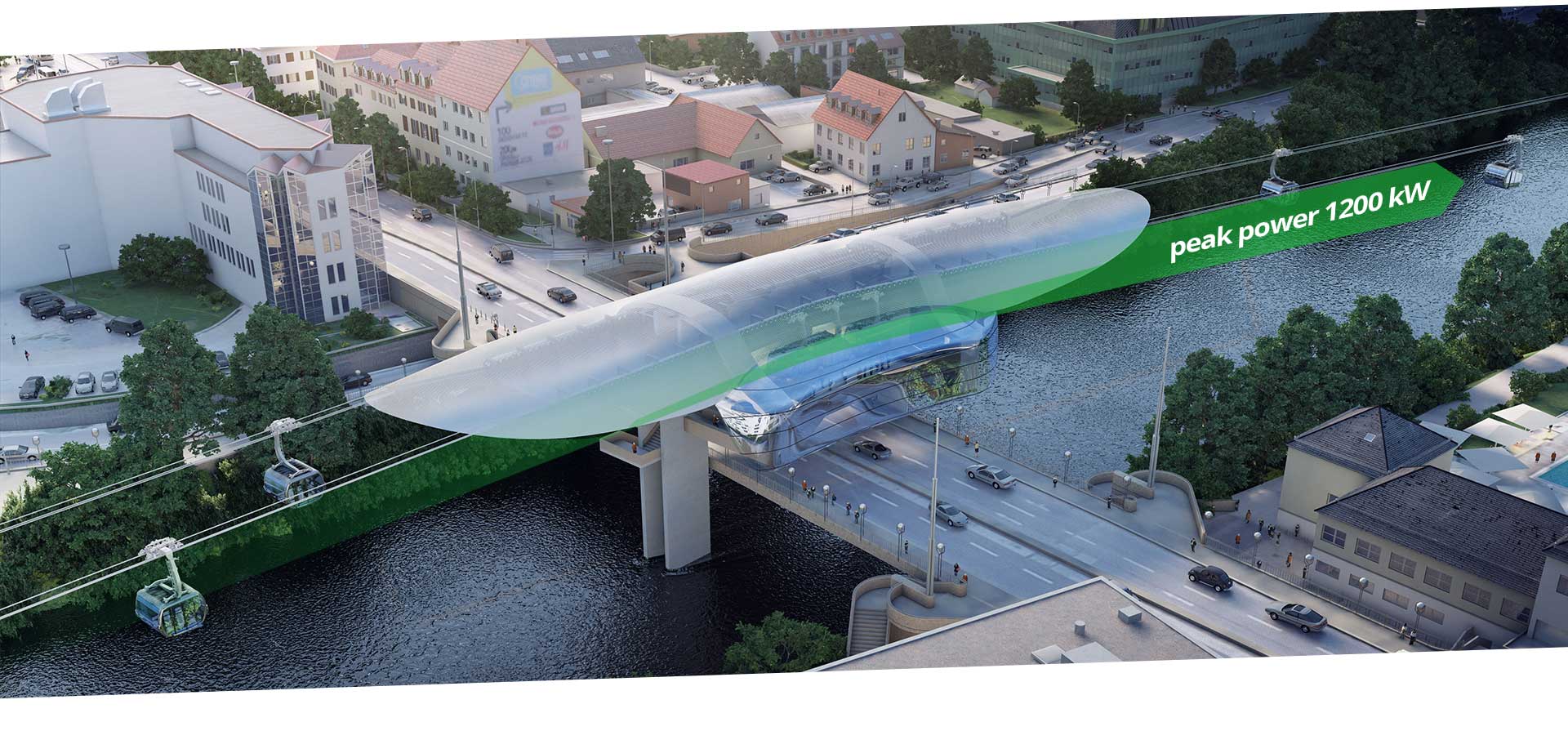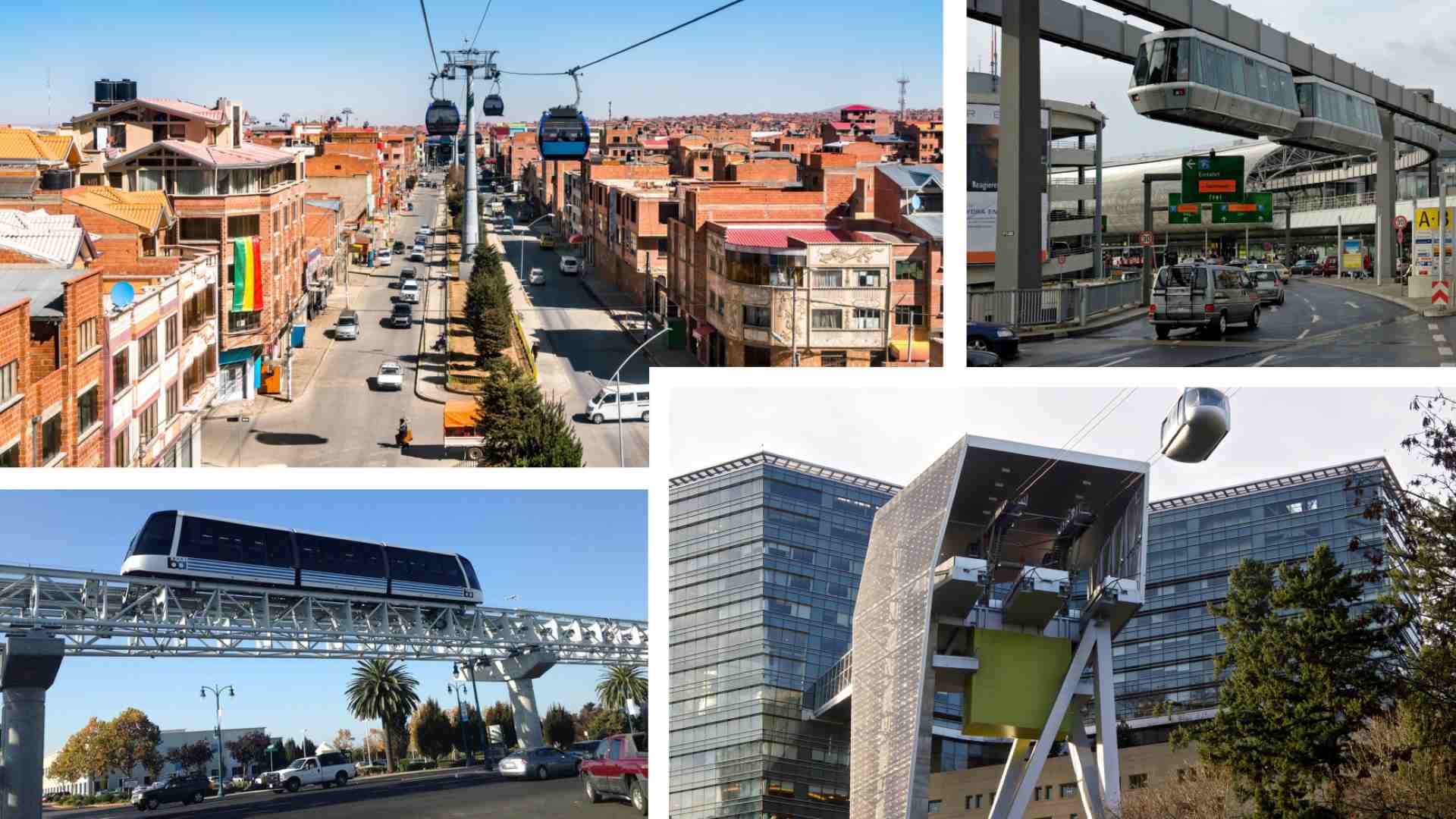
Ropeways, Elevated Guideway Transit and Suspension Monorails in Zurich | Potential Study
Zurich Transport Association (ZVV)
Switzerland
2022 – 2023
Aerial Tramway (ATW), Mono-cable Detachable Gondola (MGD), Automated People Mover (APM), Monorail, Suspension Monorail, Maglev, Personal Rapid Transit (PRT)
Project description
The Cantonal Council of Zurich has appointed ZVV to carry out a potential study for the use of ropeways, elevated guideway transit and suspension monorails in the urban area of Zurich. The focus shall be on the determination of the traffic potential, the technical feasibility and the evaluation of the economic efficiency of the developed transport lines.
Furthermore, it shall be shown whether a ropeway, elevated guideway transit system or a suspension monorail is in conflict with superordinate legal and statutory provisions. In addition, the capacity, costs, efficiency and emissions of the selected means of transport are to be compared with trams and buses.
For the potential investigation of ropeways, elevated guideway transit or suspension monorails in the Zurich urban area, the following investigation corridors were defined in coordination with the client:
- Corridor Albisriederplatz – Milchbuck
- Corridor Altstetten – ETH Hönggerberg
- Corridor Oerlikon – ETH Hönggerberg
In conclusion, the expected benefit-cost ratio is low for all corridors examined and the cost covering rate is below 50 % for all variants. None of the transport systems evaluated can significantly increase the attractiveness or improve public transport compared to the current public transport service. Therefore, no reasonable public interest in a ropeway, elevated transit system or suspension monorail can be identified.
Sevice description
The following contents were elaborated by zatran within the scope of the potential study:
- Technology evaluation: Definition, delimitation and elaboration of the basic characteristics of the different elevated transport technologies
- Technology selection: Derivation of the appropriate application area incl. assessment -> Exclusion of irrelevant technologies for the study corridors -> Determination of preferred technology
- Alignment planning: Development and evaluation of track variants for the different study corridors -> determination of preferred variant
- Technical feasibility: Assessment of the technical feasibility of the selected technology for the preferred alignment incl. conflict potential analysis
- Cost analysis: Determination of investments and operating costs for the preferred variants of the different study corridors
